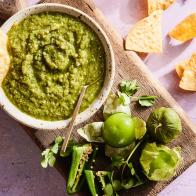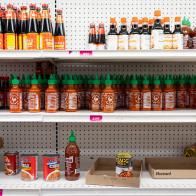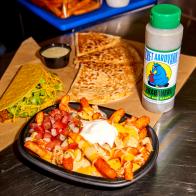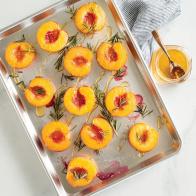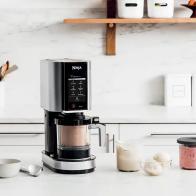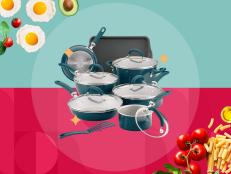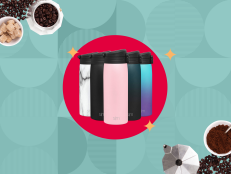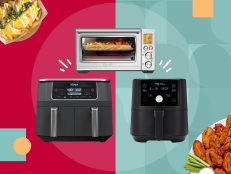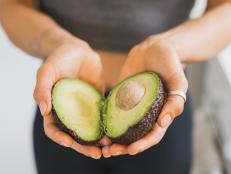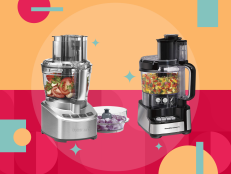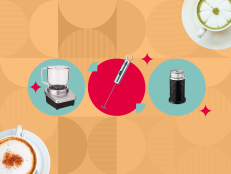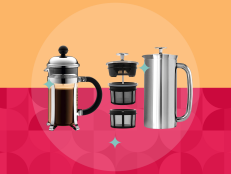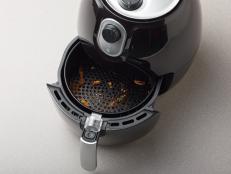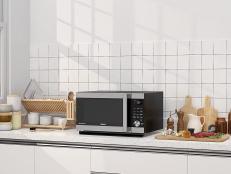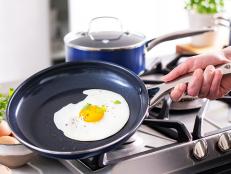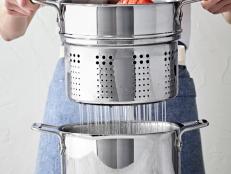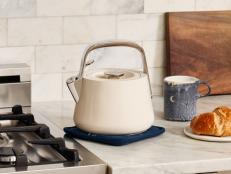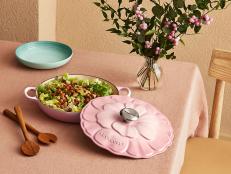When to Use a Blender Versus a Food Processor in the Kitchen
Optimize the cooking process by choosing the best tool for the job.

annick vanderschelden photography/Getty Images
On the surface, food processors and blenders share some characteristics. Both are motorized, and both use spinning blades to break down food. But for all that they have in common, when you look a little closer, they’re actually very different. Here’s what you need to know about how they work and which jobs each is best suited for.
How Are They Similar?
Both appliances are designed to break down larger pieces of food into smaller pieces using a blade (or blades) and a motor. Most food processor feed tubes have a piece that can be removed to allow for drizzling in ingredients while the machine is running, such as adding oil to pesto. Blenders also have a removable piece in the lid that can be used for adding ingredients, such as drizzling oil into a dressing, or as a way to allow steam to escape while blending a hot liquid, like pureeing soup.
How Are They Different?
One of the main ways blenders and food processors differ is in their shape. Blenders are taller and narrower, with one small blade at the bottom. Food processors are wider and more squat. Processors come with larger, sharper S-shaped blades, and many models also have separate blades for slicing and shredding. Blender blades tend to be smaller and less sharp.
Blenders often come with several different speeds, while food processors tend to feature on, off and pulse settings.
When To Use a Blender
Liquids: Smoothies, Soups, Sauces, Dressing, Marinades
Blenders usually require some liquid to work, though you can use your blender for crushing peppercorns or grinding coffee beans. Grab your blender when you want to puree ingredients into a smooth liquid, such as a soup or smoothie. A blender is also handy for mixing liquids and emulsifying, as in dressings and sauces. Use your blender if you want to crush ice or make something slushy, like a cocktail.
If you have a bar blender, and not a high-speed model like a Vitamix, be careful when blending hot liquids. The steam from the hot liquid can cause enough pressure to blow the lid off, making a huge mess and potentially spraying you with scalding liquid. To avoid this, remove the center part of the lid, cover it with a clean kitchen towel, and start on a low setting. Once it’s going, you can switch to a higher speed. (If you have a high-speed blender, check the manufacturer’s instructions for blending hot liquids. Some can handle it, others cannot.)
Loose Batter: Pancake Batter, Cheesecake Batter, Cake Batter
Blenders can also aerate liquid. You can blend looser batters for baked goods like pancakes, cheesecake or layer cake. Just be sure to not overmix.
When To Use a Food Processor
Dips, Sauces, Spreads
Food processors are really versatile, especially the models that come with different blades. Use the S-blade to break nuts and seeds down into butter; to chop and blend herbs, cheese, nuts and oil into pesto; to blend beans into hummus or other dips. The food processor also works well if you’re making a vegetable puree. Though it’s possible to do this in a blender, the processor will blend it more efficiently and it’s much easier to scrape all the puree out of the processor.
Dough (Cookie Dough, Kneaded Dough, Pie Dough)
You can even knead dough in a food processor (and you don’t need the dough-kneading blade; a regular S-blade works well). Use the S-blade to cut cold fat into dry ingredients for pastry or pie dough. There are instructions out there for whipping cream and making cookie dough in a food processor, too.
Slice, Shred and Chop
Switch to the shredding blade to quickly shred carrots, winter squash or hard cheese. If you have a slicing blade, your food processor can do the slicing work of a mandolin. Use the S-blade to chop nuts and seeds or to quickly chop onions.
Other Blending and Processing Appliances
There are magical all-in-one machines that chop, blend, emulsify, sauté, steam, and more — but they tend to be very large and costly (a new Thermomix can run you upwards of $1,500).
If you have very limited space, you can opt for an immersion blender-mini food processor combo. This will limit you somewhat, especially with the smaller capacity of the mini processor. But if you just want to make soups, smoothies and the occasional pesto or hummus, the scaled-down version might be a good solution for you.


